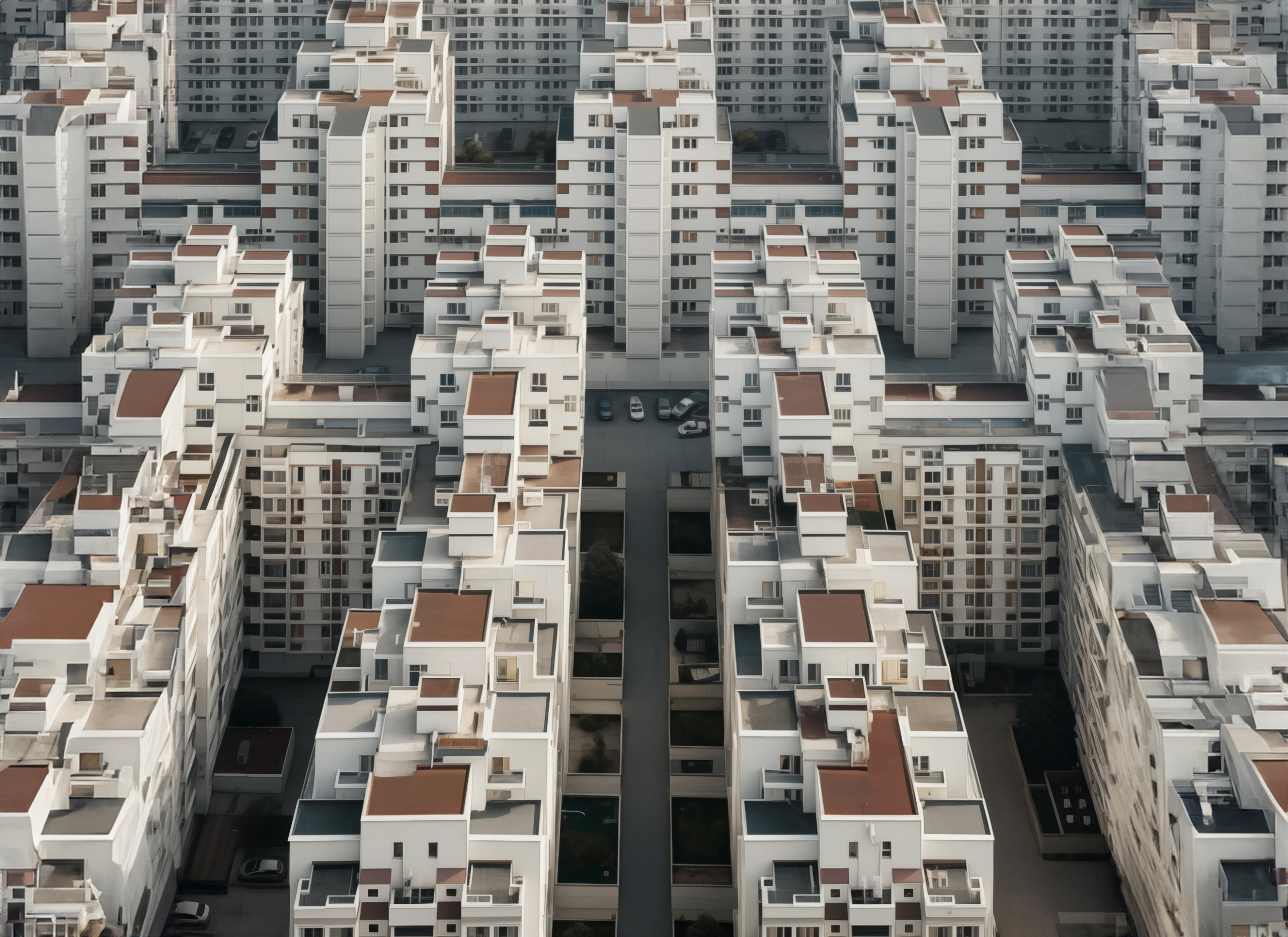Liberating Strategy
“In commercial or industrial areas, buildings cannot exceed 1.25 times the average distance between their outer walls and the opposite building line. For non-commercial or non-industrial buildings, any part above the average ground height behind the building cannot be more than twice the distance from that part to the rear lot border. Additionally, industrial buildings’ height cannot exceed 2.5 times that distance, and buildings for public assemblies cannot exceed three times.”
This is an excerpt from Plan B for the Jaffa area of the British Mandate in 1933.
“The scope of the construction areas for additional uses can be determined to the extent of up to 25% of the total construction areas for marketable uses, above the determining entry level approved in the future plan.
It is possible to determine in a land zoning plan that permits additional uses to the extent that exceeds what is stated in the above paragraph, provided that the extent of the areas for additional uses in the zoning area in the same planning area is not expected to exceed 25% of the total construction areas for marketable uses approved therein. In any land zoning, it is possible to permit, in addition to The main, additional and general uses, also ancillary uses, provided that the scope of construction areas for ancillary uses does not exceed 5% of the total approved construction areas for the same land designation in the same plan.”
A piece of poetry from the 2016 outline plan for cell/5000 Tel Aviv-Yafo
Planning and construction regulations in Israel are complex and often hinder the creation of vibrant and efficient cities and beautiful, functional buildings. Instead of promoting integration and contribution, these regulations create bureaucratic hurdles, slowing down and complicating the planning and approval processes. This focus on quantity over quality planning further exacerbates the issue.
A better approach would treat cities and buildings like individuals in a free society. They should have the freedom to develop as long as they don’t infringe on others’ rights and contribute a portion of their gains for public services like education and healthcare.
Imagine a scenario where property owners can design their lots and buildings however they like, as long as they respect their neighbors’ rights regarding air, light, and traffic. Similarly, urban blocks could be planned freely, with some space reserved for public use, such as parks or community buildings. This simple yet comprehensive regulation would allow for responsible, organic development over time.
